Old School Talisay
Everytime I hear the word Talisay, I always remember my childhood days. When I was a very cute little kid (bwahahahaha), my father - who was a cab driver then - would usually take me and my mom to Talisay for a quick bite of lechon, puso, and kunselba. My parents would let me enjoy the water until I was too weak to swim (crawl, actually. hahahaha). After that we would go to the Morocca pools a few blocks away because they had this cute kiddie pool - the shallow part only half a meter deep. I think I actually spent most weekends in Talisay.
 Today, we went to Talisay to do something important. On our way home, just like the old times, we went to Larawan beach and had our lunch there. Although I didn’t go for a swim, I easily remembered the past because of the kids who were having a blast in the water. They were so fun to watch. And despite the less than inviting color of the water, I’m pretty sure that nothing could stop them from having the time of their lives.
Today, we went to Talisay to do something important. On our way home, just like the old times, we went to Larawan beach and had our lunch there. Although I didn’t go for a swim, I easily remembered the past because of the kids who were having a blast in the water. They were so fun to watch. And despite the less than inviting color of the water, I’m pretty sure that nothing could stop them from having the time of their lives.
Larawan beach is not quite the same today. But I don’t care. I was once a kid who enjoyed EVERYTHING, too.
The famous Talisay lechon. No trip to the beach is complete without it. Kalami sa kubal!!!!!!!!!!!
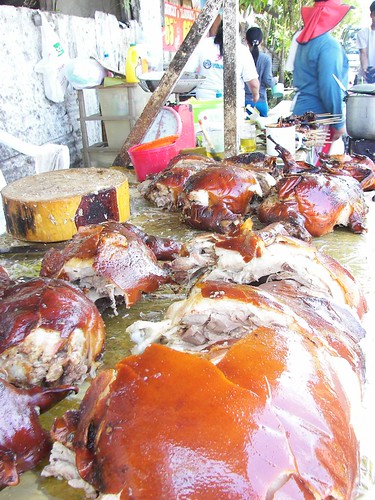
The park near the beach. Pwede ka relax diri after maligo. ![]()
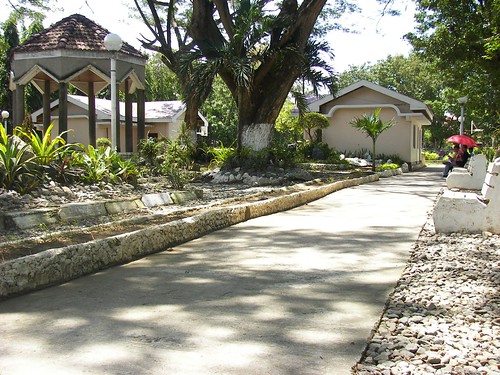
A big acacia tree!
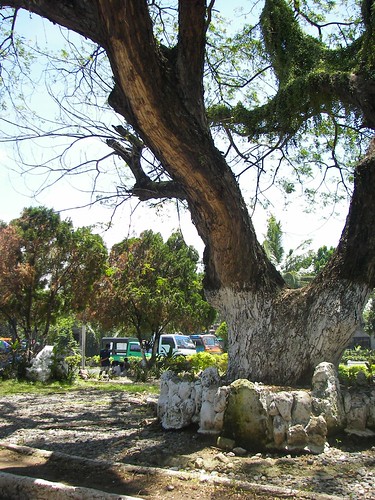
Police station near the beach.
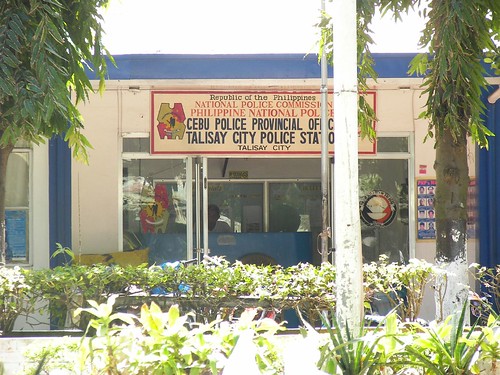
Dugo2x, Puso, Inasal, and Sukang Pinakurat! Payter!!!

Mila’s Lechon! Aprub!
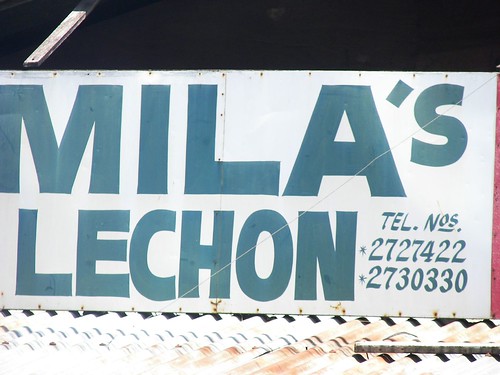
They also sell lechon manok, camote, squid, ginabot, etc…
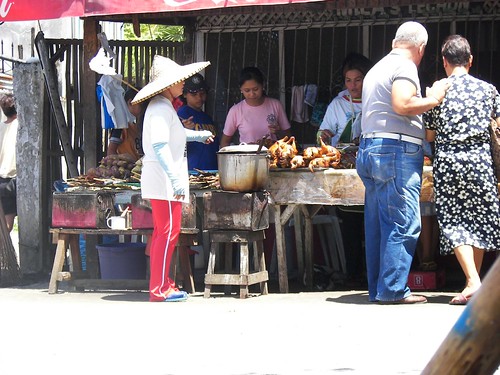
Lechon mo diha sir!
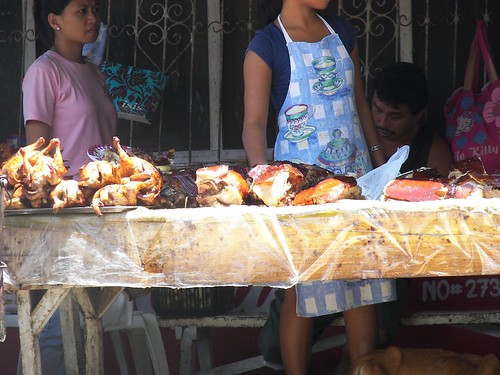
Ay kalami!

Larawan Beach!!! I remember these trees!!!!!!!!!

Vendors everywhere - dirty icecream! Hehehe
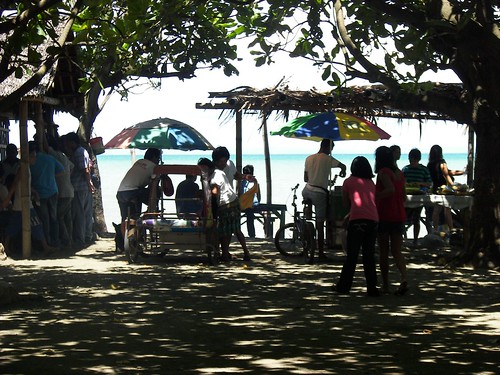
Larawan beach. Number 1 customers - kids

More kids!

And some grown-ups too. Tugnaw na? Hahahaha
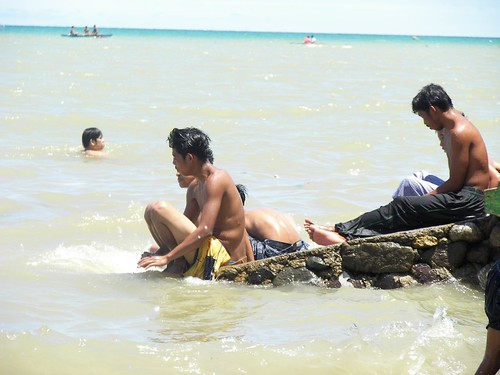
Little girl and her beach ball.
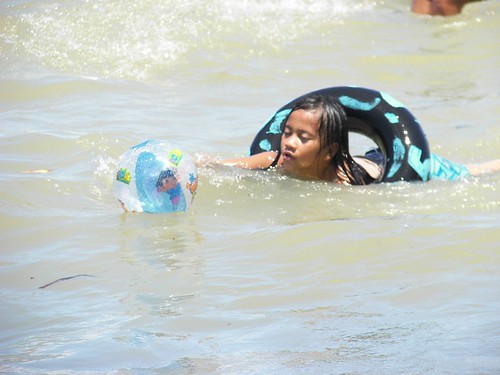
All natural! hahahaha

Sandcastles!
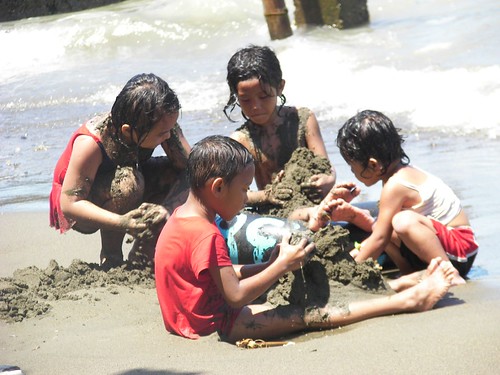
Kids playing with - a tree branch? LOL
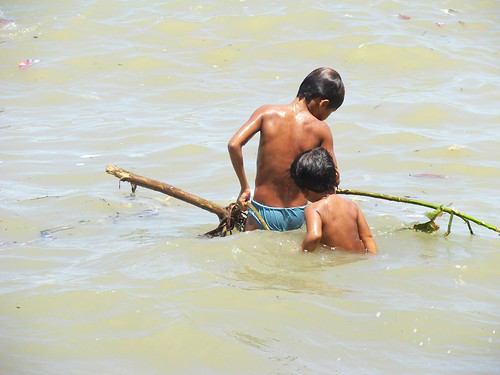
Rubber ’salbabida’ for rent at Php20.
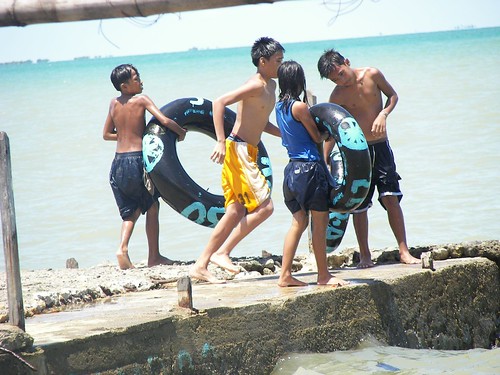
Here’s the church of Talisay
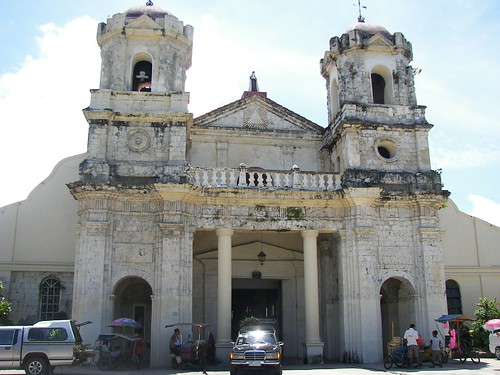
The retablo. Gorgeous!

Mass christening!

Nice chandelier

Church interior
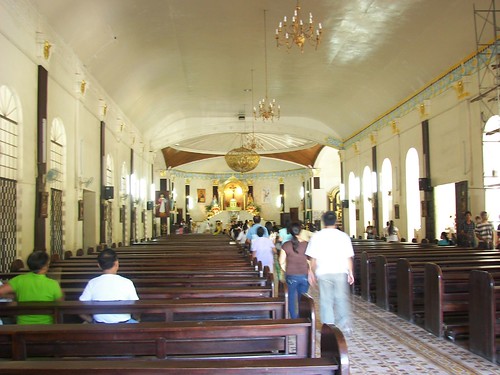
The belfry
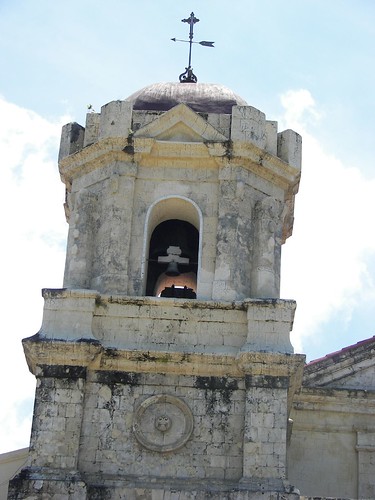
The patron saint

The second tower
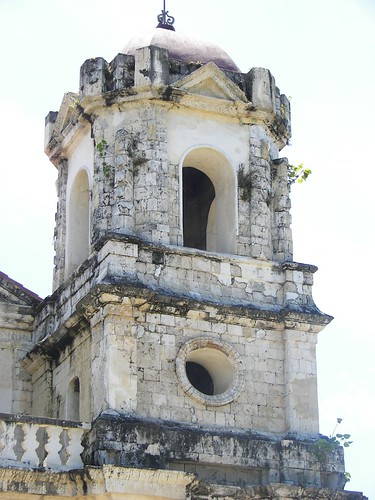
Veranda
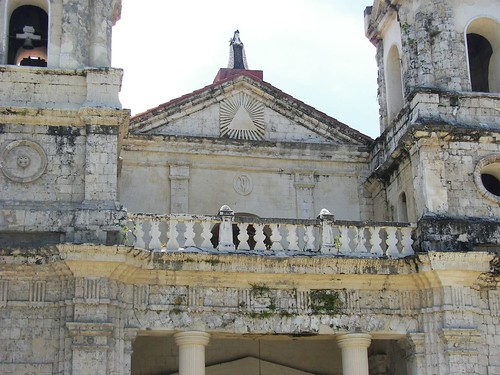
Church facade
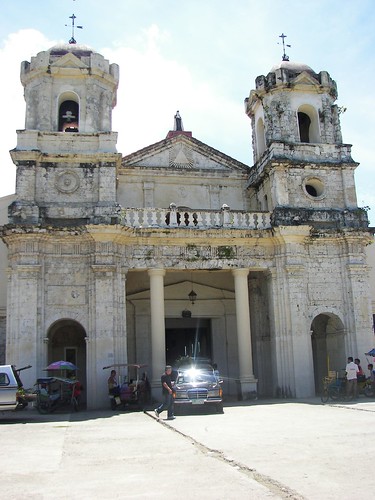
Newly-constructed wing.
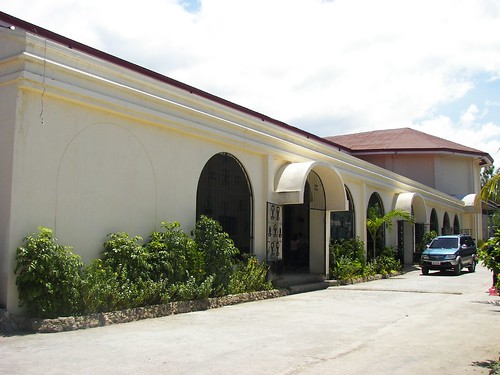
Covered court beside the church.
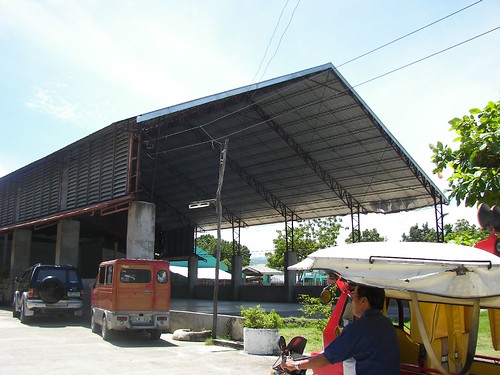
The old Balay Dakbayan sa Talisay

Bonifacio and Rizal
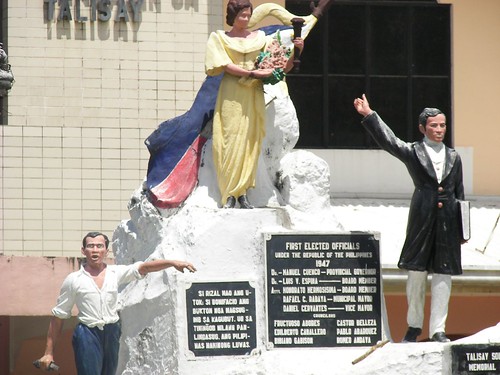


 Cebu and Mactan are rich in historical significance. From around 800 AD Cebu harbor was already an important trading port for Chinese, Islamic, and Malayan goods. In 1521, Ferdinand Magellan discovered the Philippines and eventually found his way to Mactan. Due to a dispute of uncertain nature, the Spaniards incurred the ire of local chieftain Lapu-lapu, who killed Magellan in The Battle of Mactan - arguably the first case of an Asian fighting European invaders. Thus, although the Magellan Expedition is credited with the first circumnavigation of the globe, Magellan the man died and remained in Mactan.
Cebu and Mactan are rich in historical significance. From around 800 AD Cebu harbor was already an important trading port for Chinese, Islamic, and Malayan goods. In 1521, Ferdinand Magellan discovered the Philippines and eventually found his way to Mactan. Due to a dispute of uncertain nature, the Spaniards incurred the ire of local chieftain Lapu-lapu, who killed Magellan in The Battle of Mactan - arguably the first case of an Asian fighting European invaders. Thus, although the Magellan Expedition is credited with the first circumnavigation of the globe, Magellan the man died and remained in Mactan. 


 Our lovely artificial lagoon was built over a site consisting of barren rock, so no ecosystem was destroyed for the resort. To create fabulous white-sand beaches bordering the lagoon, mountain stone was quarried and crushed into fine grains. (A bonus is that, unlike real beach sand, ours is always cool to the touch, even under direct sun.) Thus, no natural beaches or sandbars were despoiled. The fine woods used in some furniture were recycled from old houses or church timbers. The wood ceilings seen in the lobby and many bedrooms and meeting rooms are actually made of ordinary plywood, painstakingly hand-stained to simulate the look of mahogany panels.
Our lovely artificial lagoon was built over a site consisting of barren rock, so no ecosystem was destroyed for the resort. To create fabulous white-sand beaches bordering the lagoon, mountain stone was quarried and crushed into fine grains. (A bonus is that, unlike real beach sand, ours is always cool to the touch, even under direct sun.) Thus, no natural beaches or sandbars were despoiled. The fine woods used in some furniture were recycled from old houses or church timbers. The wood ceilings seen in the lobby and many bedrooms and meeting rooms are actually made of ordinary plywood, painstakingly hand-stained to simulate the look of mahogany panels. 



